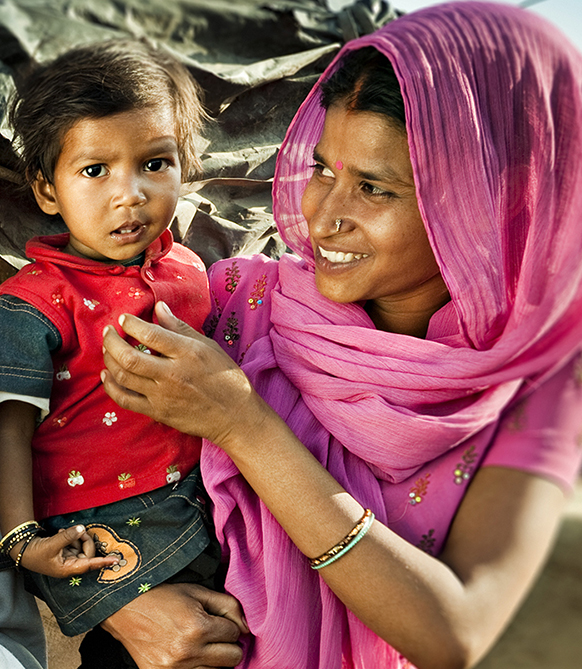PRB Discuss Online: Africa’s Demographic Challenges
(2012) Of the 48 least developed countries in the world, 33 are located in sub-Saharan Africa. At the same time, this region stands out with the highest birth rates in the world.
(2012) Of the 48 least developed countries in the world, 33 are located in sub-Saharan Africa. At the same time, this region stands out with the highest birth rates in the world.
Individuals relate to society through their families and households. When these units add or lose members — or when the household members grow older, divorce, or marry — there can be profound social and economic consequences.
(2001) It is now clear that the 21st century will feature a major transformation in world population.
(2013) Twelve women journalists from Africa, Latin America, Asia, and Eastern Europe talked with one another about the status of women in their cultures. The Africans said women in their countries have many babies, often too many to care for adequately.

Project: PACE: Policy, Advocacy, and Communication Enhanced for Population and Reproductive Health
A country’s age structure is primarily driven by its past fertility trends, which have important economic, social, and political implications.
(2008) On Dec. 10, Barry M. Popkin, professor of nutrition at the University of North Carolina at Chapel Hill and director of the UNC-CH's Interdisciplinary Center for Obesity, visited PRB to discuss rising obesity worldwide and his new book, The World is Fat, published by Avery in December 2008.
(2010) Today, Americans are more likely to marry and to divorce than in almost any other Western nation. Serial marriages, rising levels of cohabitation, delayed childbearing, and nonmarital parenthood have added complexity to American families.
(2009) U.S. Asian and Hispanic/Latino population growth rates have started to slow, according to the latest estimates from the U.S. Census Bureau.